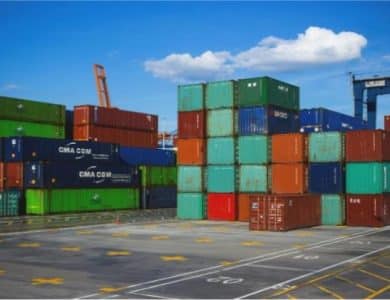Why Is Web 3.0 Considered the Future of the Web?

Web3.0 represents a transformative shift in how we think about and interact with the internet. Unlike its predecessor Web2.0, which centralized control with a select few tech giants, Web3.0 envisions a decentralized web where power returns to users through blockchain technologies. This new paradigm promises greater privacy, ownership of digital assets, and user autonomy. It’s a world where data sovereignty is prioritized, allowing individuals to control their personal information without relying on third-party intermediaries. The transition towards web3.0 is not just a technological upgrade; it heralds a philosophical shift towards democratizing the internet, empowering users, and fostering innovation. This vision aligns with the core principles of decentralization, transparency, and enhanced security, offering users an unprecedented level of engagement and control over their digital lives.
The Bright Future of the Web
The Role of Blockchain and Cryptocurrencies
At the heart of Web3.0 lies blockchain technology, a decentralized ledger system that ensures transparency and immutability. Blockchain’s potential extends beyond cryptocurrencies, although they remain integral by enabling token economies and decentralized applications. These digital currencies facilitate peer-to-peer transactions without intermediaries, reducing costs and increasing efficiency. Smart contracts, enabled by blockchain, automate agreements based on predefined conditions, streamlining complex processes across various industries. Moreover, decentralized finance innovations provide financial services such as lending, borrowing, and trading without traditional banks, empowering individuals financially. Non-fungible tokens introduce new avenues for creativity and ownership in the digital art world, allowing creators to monetize their work directly. Collectively, these components foster a new digital economy that challenges established financial systems, creating opportunities for wealth generation and economic participation.
Decentralized Identity and Data Ownership
In Web3.0, identity management undergoes a transformation with the advent of decentralized identity solutions. Users can establish secure, self-sovereign identities that reduce reliance on centralized authorities, enhancing privacy and control over personal data. This shift empowers individuals to selectively share information, ensuring that data exchanges occur with explicit consent. By leveraging cryptographic techniques, decentralized identifiers (DIDs) maintain authenticity and integrity, offering seamless verification of credentials while minimizing risks of identity theft and data breaches. Platforms built on Web3.0 promote interoperable credentials across different services, supporting user-driven portability and eliminating redundant onboarding processes. Thus, individuals reclaim ownership of their online personas, fostering trust and accountability in digital ecosystems. These developments are pivotal in addressing contemporary concerns surrounding data misuse and surveillance, driving a user-centric paradigm that aligns with the ethos of Web3.0.
Tencent RTC: Facilitating the Web3.0 Revolution
Tencent RTC stands as a beacon in facilitating real-time communication within the Web3.0 framework. With features tailored for secure and reliable interactions, Tencent RTC ensures secure conversations trusted by 100,000 clients across the globe. Its extensive network of 2,800 nodes spanning six continents underpins robust global messaging infrastructure, ensuring consistent performance regardless of geographical location. Tencent RTC’s platform is designed to cater to massive communities, accommodating millions of users concurrently. This capability to host large-scale community interactions is instrumental in promoting Web3 activities, including text and voice chat functionalities. This results in a remarkable 600% increase in daily active users, reflecting enhanced user engagement and satisfaction. By integrating these advanced communication tools, Tencent RTC enhances user experiences within Web3 environments, supporting vibrant communities and facilitating seamless interactions. Its role in bridging the gap between Web2.0 and Web3.0 ensures a smooth transition for users exploring this new frontier of the internet. Through continuous innovation and commitment to excellence, Tencent RTC solidifies its position as a vital player in the Web3.0 narrative.
Conclusion
As we stand on the cusp of the Web3.0 era, its potential to revolutionize the digital landscape is undeniable. By prioritizing decentralization, user empowerment, and privacy, Web3.0 addresses the limitations and challenges of previous web iterations. Innovations in blockchain, cryptocurrencies, and decentralized identity offer pathways for reimagining web interactions and economic structures. Meanwhile, platforms like Tencent RTC play a crucial role in facilitating this transition by providing the communication tools necessary to build and sustain thriving Web3 communities.




